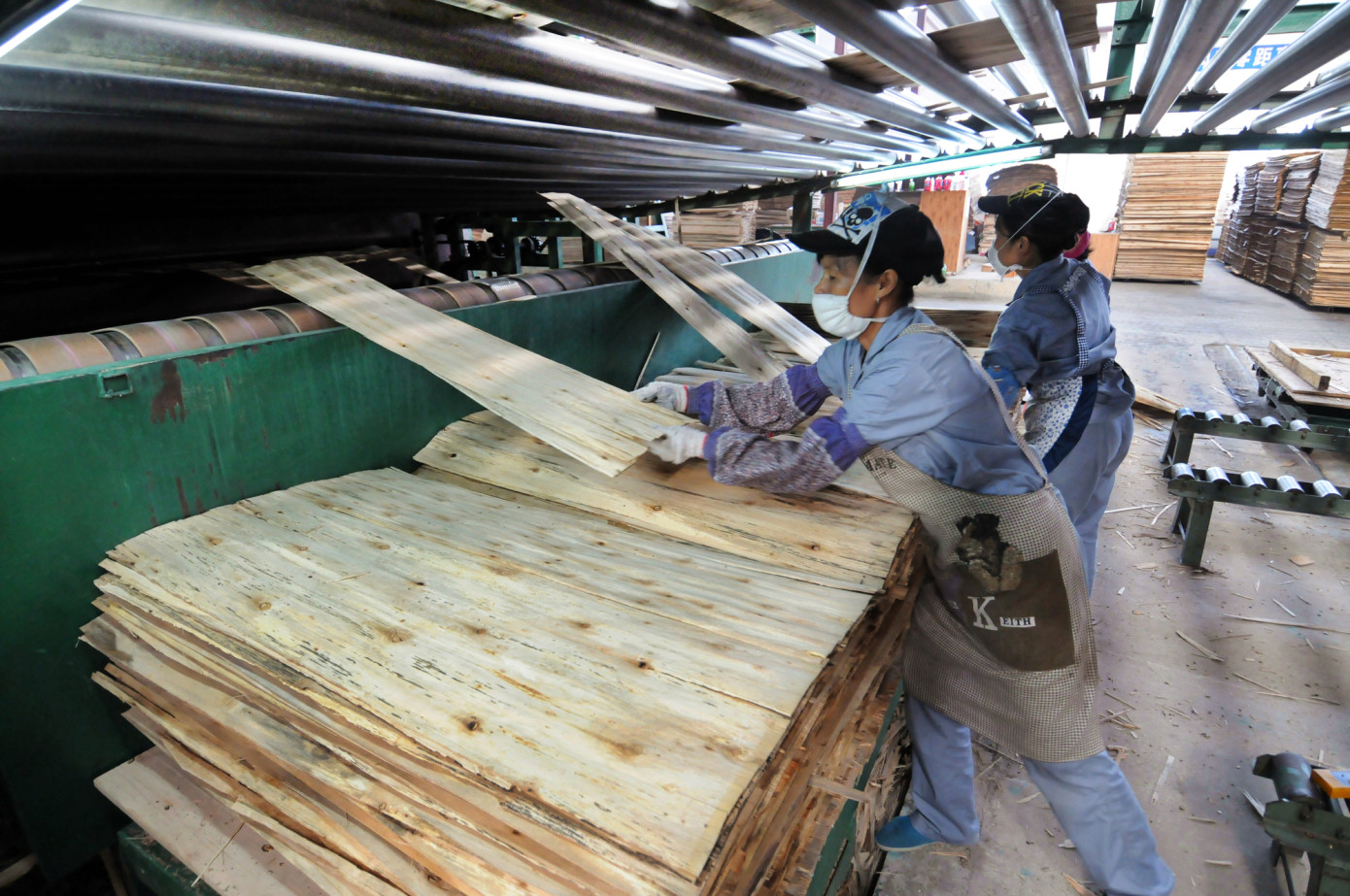Factories in China reported their first expansion in activity in September, providing a spark of optimism for the global economy. The nation's manufacturing sector's purchasing managers index rose to 50.2, signaling expansion, according to China’s National Bureau of Statistics. Similarly, the nonmanufacturing sector saw growth, boosted by consumer spending on services and increased construction activity.
Despite these positive signs, challenges persist. The real estate market continues to face a downturn, with new home sales at major developers falling 29% in September compared to the previous year. China Evergrande Group, a major developer, faces financial troubles and regulatory hurdles, adding uncertainty to the sector.
China's exports are shrinking, and tensions with the U.S.-led West over trade and technology remain. Local governments are burdened with heavy debts. Economists suggest that Beijing needs to implement more stimulus measures to ensure a stronger and more durable recovery.
Early indications for the National Day holiday suggest a robust week for tourism, with the Civil Aviation Administration expecting 190 million train travelers and 21 million people taking domestic and international flights. This positive momentum follows months of weak economic readings.
Looking ahead, economists anticipate a challenging transitional period for China's economy as the government aims to shift from a property-driven growth model to one fueled by advanced manufacturing. HSBC has lowered its economic growth forecast for 2023 from 5.3% to 4.9%, highlighting the need for successful rebalancing to establish a healthier economic footing.
